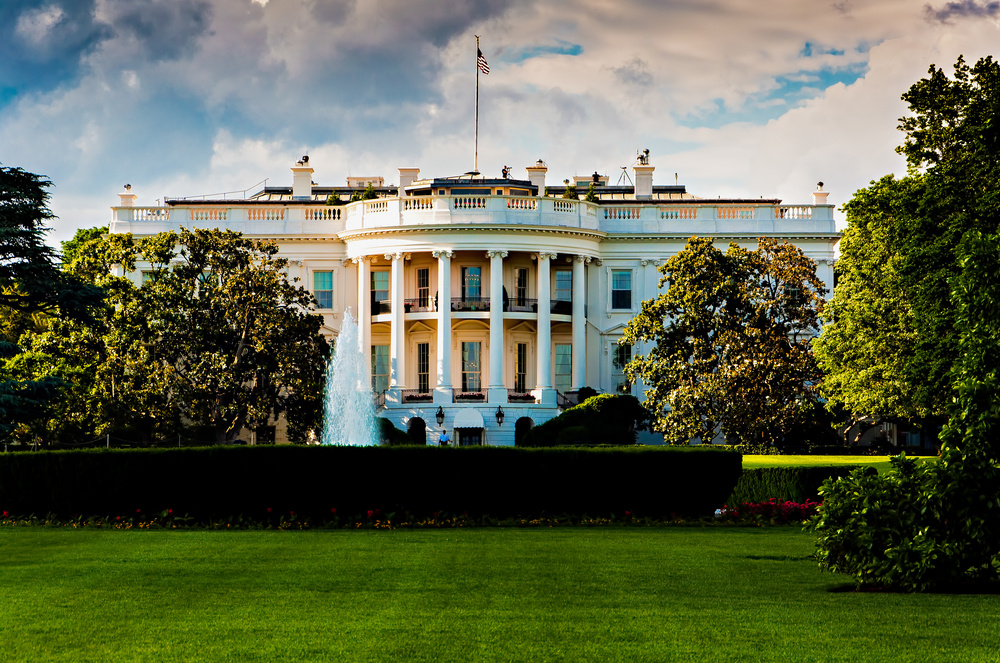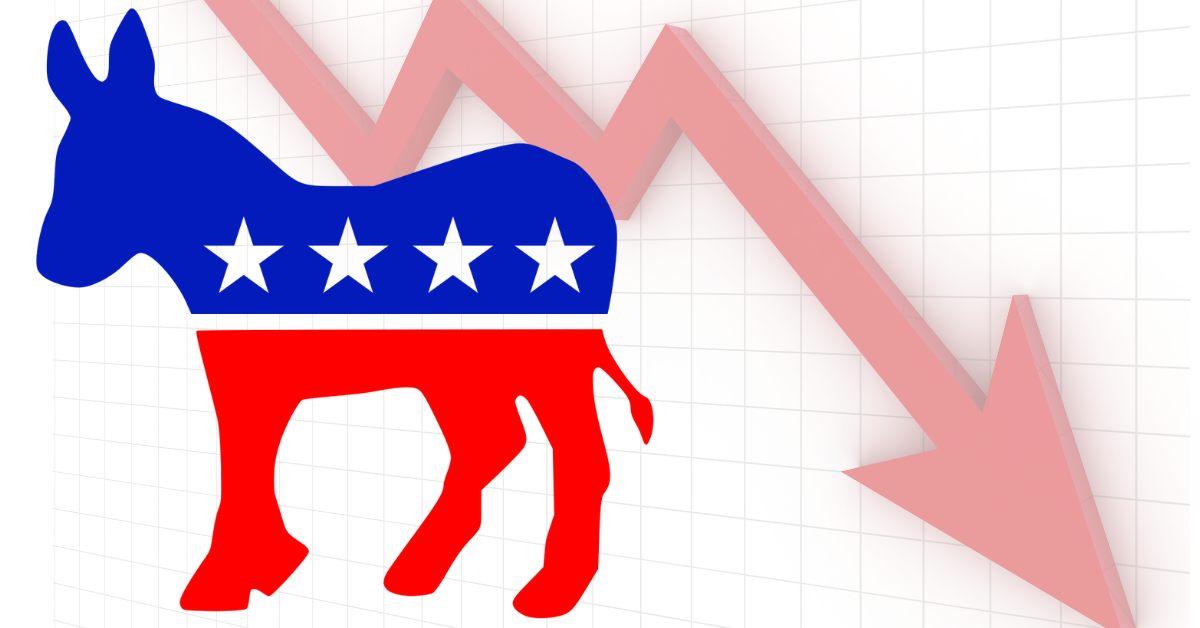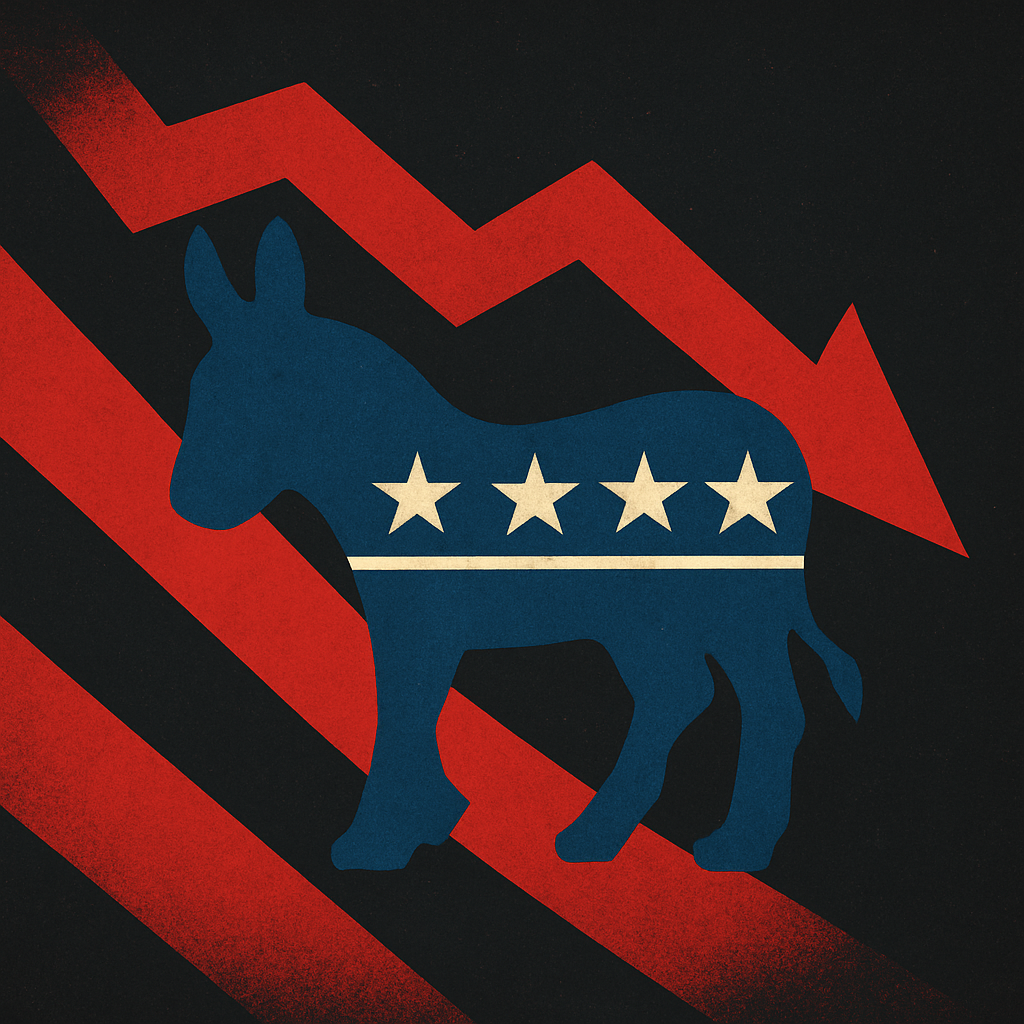Exploring the implications of voter turnout patterns and demographic shifts in the 2022 midterm elections for future political landscapes.
What to know:
-
The 2022 midterm elections defied expectations, with Democrats gaining a Senate seat despite predictions of a "red wave," while Republicans secured control of the House.
-
Understanding voter turnout trends and demographic dynamics is crucial in deciphering these outcomes.
-
Despite overall turnout rates rivaling those of the record-setting 2018 midterms, key Democratic-leaning groups such as youth, women, and Black Americans showed minimal increases in participation.
-
Regional variations in turnout further complicate the narrative, with states like Pennsylvania seeing heightened engagement among Democratic-leaning constituencies, while others experienced downturns.
-
Disparities in turnout between high and low turnout districts highlight the intricate dynamics shaping electoral outcomes.
-
Republicans' stronghold in affluent suburban areas contrasts with Democratic dominance in urban districts with significant minority populations.
The 2022 midterm elections delivered surprises, with Democrats gaining a Senate seat despite predictions of a "red wave," while Republicans secured control of the House. Understanding voter turnout trends and demographic dynamics is crucial in deciphering these outcomes.
Despite overall turnout rates rivaling those of the record-setting 2018 midterms, key Democratic-leaning groups such as youth, women, and Black Americans showed minimal increases in participation. Regional variations in turnout further complicate the narrative, with states like Pennsylvania seeing heightened engagement among Democratic-leaning constituencies, while others experienced downturns.
Disparities in turnout between high and low turnout districts highlight the intricate dynamics shaping electoral outcomes. Republicans' stronghold in affluent suburban areas contrasts with Democratic dominance in urban districts with significant minority populations.
Analysis of Voter Turnout Trends
The overall voter turnout rates in 2022 present a nuanced picture, closely mirroring the record-setting levels observed in the 2018 midterms. Despite predictions of a "red wave," the elections saw Democrats securing a Senate seat and Republicans gaining control of the House by a modest margin.
When we dig further, patterns of demographic turnout become clear. While exit polls initially hinted at strong Democratic preferences among key groups like young voters, women, and Black Americans, the data reveals a lack of significant turnout increases compared to 2018. This phenomenon underscores the complex interplay between political affiliation, demographics, and voter engagement.
A varied electoral landscape is further painted by differences in turnout among states and congressional districts. States like Pennsylvania witnessed increased turnout among Democratic-leaning groups, while others such as Georgia, Arizona, and Florida experienced downturns. This disparity underscores the localized nature of voter behavior and the critical role of battleground states in shaping electoral outcomes.
Competition in House races and changes in voting rules further shape voter participation dynamics. Hotly contested races tend to drive up participation, while variations in voting regulations across states contribute to turnout discrepancies. Despite changes prompted by the COVID-19 pandemic, no clear relationship between voting difficulty and turnout rates emerges.
Implications for Future Elections
The observed trends in voter turnout from the 2022 midterm elections carry significant implications for the future political landscape. By analyzing these trends through the lens of reputable institutions such as Brookings, Pew Research Center, CrystalBall Center for Politics, and the Council on Foreign Relations (CFR), we can better understand their implications.
Demographic shifts play a crucial role in shaping electoral outcomes. The lack of significant turnout increases among key Democratic-leaning groups like young voters, women, and Black Americans highlights the need for parties to adapt their strategies to engage these demographics effectively. As highlighted by Brookings, despite high overall turnout rates, failure to mobilize these groups may impact future election results.
Variations in turnout across states and congressional districts, as noted by CrystalBall Center for Politics, underscore the localized nature of voter behavior. Understanding these regional dynamics is essential for crafting targeted campaign strategies and allocating resources effectively.
The role of voter engagement initiatives and voting regulations cannot be overstated. Pew Research Center's analysis reveals that changes in voting rules did not have a clear relationship with turnout rates, suggesting the need for further examination of their impact. Evaluating the success of voter outreach initiatives and the effects of voting laws will be crucial in determining the electoral landscape as we move toward future elections.
In the end, voter turnout is a key indicator of political engagement and has a significant impact on Congress's makeup and legislative agenda. The insights gleaned from analyzing voter turnout trends provide valuable guidance for parties and policymakers as they navigate the complexities of the electoral landscape. By understanding the demographic shifts, regional variations, and the role of engagement initiatives and voting regulations, stakeholders can better position themselves to influence electoral outcomes and shape the future of American politics.
Comparison with Historical Data
When contrasting the turnout patterns and electoral outcomes of the 2022 midterms with historical data, several key insights emerge. According to the Brookings Institution, the 2022 midterm election results deviated from earlier predictions of a "red wave," with Democrats gaining a Senate seat and Republicans securing control of the House by a modest margin. Despite this, turnout rates in 2022 were nearly as high as the record-setting 2018 midterm turnout rates, as indicated by the Census Bureau data.
However, a notable trend highlighted by the Pew Research Center was the decline in voter turnout for House midterm elections compared to the high levels seen in 2018. Although turnout remained higher than in the 2014 midterms, it decreased in most states, signaling a shift in voter engagement dynamics.
The geographical variances in voter turnout were also discussed by the CrystalBall Center for Politics, which found notable distinctions between districts with high and low turnout. Republicans tended to perform better in high-turnout districts, while Democrats dominated in low-turnout areas, reflecting contrasting voter preferences across regions.
Analyzing voter behavior across different election cycles reveals both differences and similarities. While demographic shifts, such as the decline in turnout among key Democratic-leaning groups like young people, people of color, and women, were observed in 2022, trends in voter engagement initiatives and voting regulations remained consistent, as indicated by the lack of a clear relationship between voting difficulty and turnout rates, as noted by the Pew Research Center.
Challenges and Opportunities Ahead
One of the foremost challenges highlighted by the Brookings Institution is the lower turnout observed among certain demographic groups, including youth, women, and Black Americans in some states. Despite efforts to engage these communities, the 2022 elections saw only marginal increases in turnout compared to 2018, posing a persistent challenge for both major parties. The CFR underscores the importance of addressing these disparities, particularly as voter demographics continue to evolve.
Decline in overall turnout rates for House midterm elections, as reported by the Pew Research Center, signals a broader challenge in sustaining voter engagement between presidential election cycles. While certain states like Pennsylvania, Michigan, and Ohio experienced increased turnout among Democratic-leaning groups, others, such as Georgia, Arizona, and Florida, witnessed downturns, reflecting regional variations in political dynamics. Bridging these disparities will require targeted efforts to mobilize voters across demographic and geographic lines.
But amid these difficulties, there are chances for creativity and change. The CrystalBall Center for Politics highlights the importance of understanding the nuanced factors influencing voter turnout, including competition in House races and variations in voting rules. By leveraging data-driven insights, political parties and stakeholders can tailor outreach strategies to maximize voter participation and engagement.
The 2022 elections underscored the significance of addressing structural barriers to voting, as highlighted by the CFR. With ongoing debates over voting rights and electoral integrity, there is an opportunity to enact reforms that promote inclusivity and accessibility in the electoral process. Initiatives such as early voting and mail-in ballots, as evidenced by the 2022 elections, can play a pivotal role in expanding voter access and participation.
Looking ahead, it is imperative for political parties and stakeholders to adapt to emerging political trends, such as increasing polarization and shifting voter allegiances. By embracing innovation and inclusivity, while also addressing systemic challenges, the road ahead presents an opportunity to strengthen democracy and ensure that every voice is heard in the electoral process.





